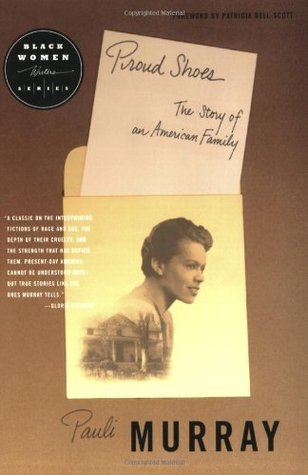What do you think?
Rate this book


304 pages, Paperback
First published January 1, 1956
I heard a white man say today is the Black man's day. Tomorrow will be the white man's. I thought-Poor man-those days of distinction between colors is about over in this (now) free country.Genealogical tables and maps would have greatly enhanced the reading experience, which can be slow going in some places, but the story was worth the effort.
